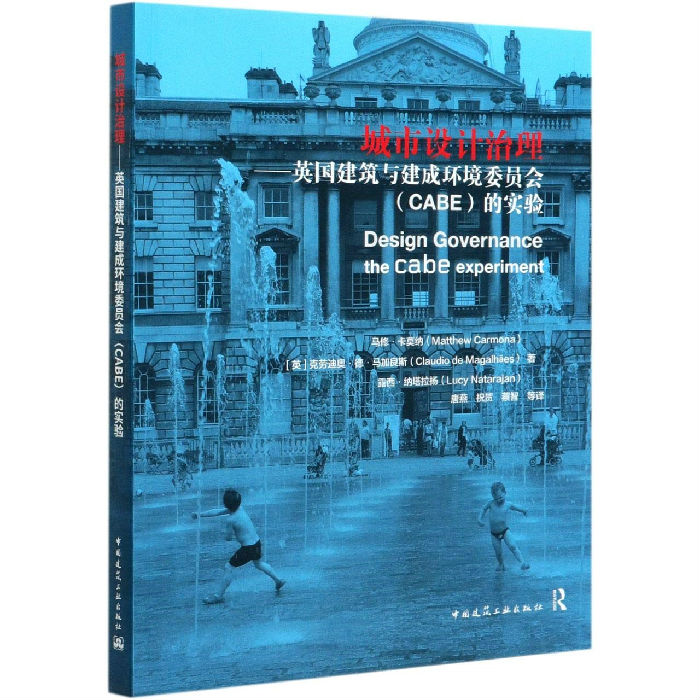


Authors: Matthew Carmona, Claudio de Magalhães, and Lucy Natarajan.; Yan Tang, He Zhu and Zhi Cai, translators.
Year of publication: 2020
Publisher: China Architecture & Building Press
ISBN: 9787112248247
This book draws on the experience of the CABE (Commission for Architecture and the Built Environment), a national non-departmental public body accredited by the UK government, responsible for advising all levels of government on urban design management. The book is divided into five parts, with 12 chapters. The first part briefly introduces the background and structure of the book and the concept of “design governance,” i.e., “reshaping the way and process in which various subjects intervene in design control within the permission of the state, so as to make the built environment conform to the public interest.” The second part explains the origin, definition, and implementation of the concept of design governance from a theoretical perspective, and summarizes the current formal and informal governance tools in the field of design governance in the UK. The third part traces the development of design governance in the UK, from governance in a narrow sense from 1924 to 1999 by the Royal Fine Art Commission (RFAC), to governance in a broad sense from 1999 to 2011 by the CABE (Commission for Architecture and the Built Environment), and the retrogressive period during the economic recession from 2011 to 2016. Among which, it focused on a review of the rapid growth of the CABE in just over a decade and the extraordinary significance it had on the improvement of the spatial environment in the UK. The fourth part, in the light of specific practical experience, provides a detailed analysis of CABE's five categories of informal governance tools according to respective degrees of intervention in design governance, including evidence, knowledge, promotion, evaluation, and assistance, as well as the 15 sub-categories of tools that fell into the five major categories. The fifth part reflects on and summarizes the long-term impact of CABE’s practice on design governance, the emerging field, and the valuable legacy it had left to further advance the development of design governance, and provides a vision for the future of the field. This book carries out a comprehensive study and introduction to the frontiers of urban design governance and implementation, and provides valuable lessons for urban planners, researchers in urban planning theory and architectural theory and history, students in related disciplines, scholars, as well as national government agencies interested in reforming their design governance system.
Source: From China City Planning Review, 2021, 30(2), pp. 87.